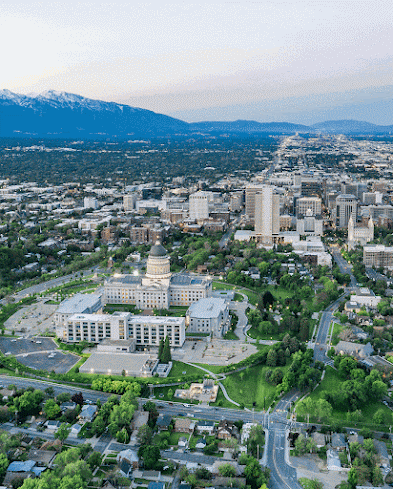Great Salt Lake State Park
How wild is it to think that the Great Salt Lake has so much salt concentrated within its body of water, sea creatures wouldn't be able to survive in it, in fact it is 7 times saltier than the ocean. Let alone the deepest part of this shrinking lake is but a mere 33', last we checked anyway. The Great Salt Lake is the largest body of saltwater in the western hemisphere. Utah is in a 40 year drought, and every year we witness all of our lake shrink more and more. In 1963, the Great Salt Lake reached a historic low water level, that only covered around 950 square miles. Then in 1988, the Lake reached a historic high water level and covered around 3500 square miles. So let's cross our fingers we will once again see these water highs, so we can continue to watch our majestic state thrive.
Photo Credit: Atlas Obscura
Photo Credit: Wikipedia
Let's take a trip to Bonneville Salt Flats, what an interesting name. Bonneville Lake and the Bonneville Salt Flats was named by geologist Grove Karl Gilbert, after French born U.S. Army Officer Benjamin Bonneville who explored the Intermountain West in the 1830s. They say you can see the curve of the earth at the Salt Flats. It is a hotspot for breath taking photography. If you're the racing type, visit Bonneville Speedway to satisfy your need for speed. Here lay the remnants of Lake Bonneville which covered a vast part of Utah, it included lakes we know today such as the Great Salt Lake, Sevier Lake and Utah Lake. Could you imagine seeing body of water so large?
Today, we see water levels dropping exponentially, it's hard to believe that there was once that much water that covered our beautiful desert. Below we see the change in the water levels just over 33 years. It is quite shocking.
We will take a trip through prehistoric Utah in future posts!














